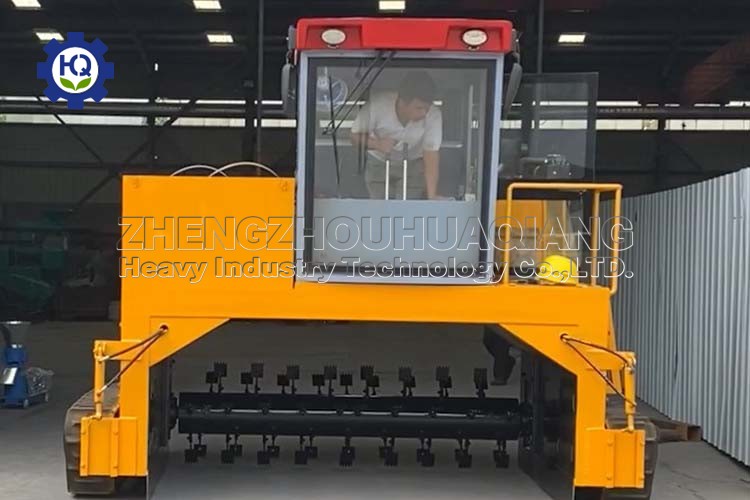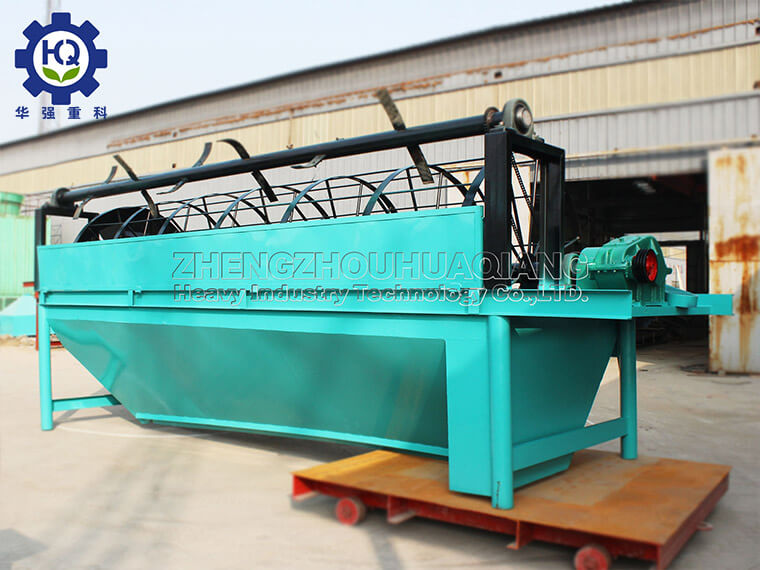Why is the production line technology of humic acid organic fertilizer popular in agriculture?
Nowadays, the fertilizer market is booming, and the types of products are increasing, which can meet the needs of more kinds of crops, and the fertilizer containing humic acid is more popular. The application of humic acid organic fertilizer manufacturing process is more and more. So what is humic acid and what is its effect? The following organic fertilizer equipment manufacturers will give you a brief explanation.
Humic acid is a kind of mixture of natural organic macromolecular compounds, which is widely distributed. The existence of humic acid elements in soil accounts for a large proportion. Generally speaking, humic acid is a kind of organic matter produced and accumulated by the remains of animals and plants, mainly plant remains, through the decomposition and transformation of microorganisms and a series of geochemical processes. In the fertilizer industry, manure, straw, mushroom residue and other organic wastes are fermented and thrown by compost turning machine, and the compost contains humic acid.

Effect of humic acid
The fertilizer contains humic acid, which can help crops grow well and provide a solid guarantee for high yield. For the soil, it can improve the soil pH and make the soil have better structure. In addition, the use of humic acid can enhance the activities of various enzymes, so that crops can better absorb water and nutrients, so that crops can grow faster and have higher quality. In addition, humic acid has good drought resistance, disease resistance, low temperature resistance and salt tolerance.
In addition, humic acid has the following five functions in agricultural application
1. Soil improvement, fertilizer efficiency, growth promotion, stress resistance and quality improvement.
2. Drought resistant agent, growth regulator, pesticide sustained-release synergist, chemical element complexing agent.
3. Low carbon, ecological and high quality.
4. The fertilizer utilization rate is high, the crop yield is high, the fertilization frequency is less, and the harmful gas emission is less.
5. Fertilizer synergist, soil regulator and Rhizosphere growth promoter.
In addition to processing humic acid, organic fertilizer production line can also add some chemical fertilizers, which are used in the manufacturing of npk fertilizer, processing sludge, sheep manure, cow manure, earthworm manure, bentonite, grass charcoal and so on.
.jpg)


.jpg)
.jpg)



